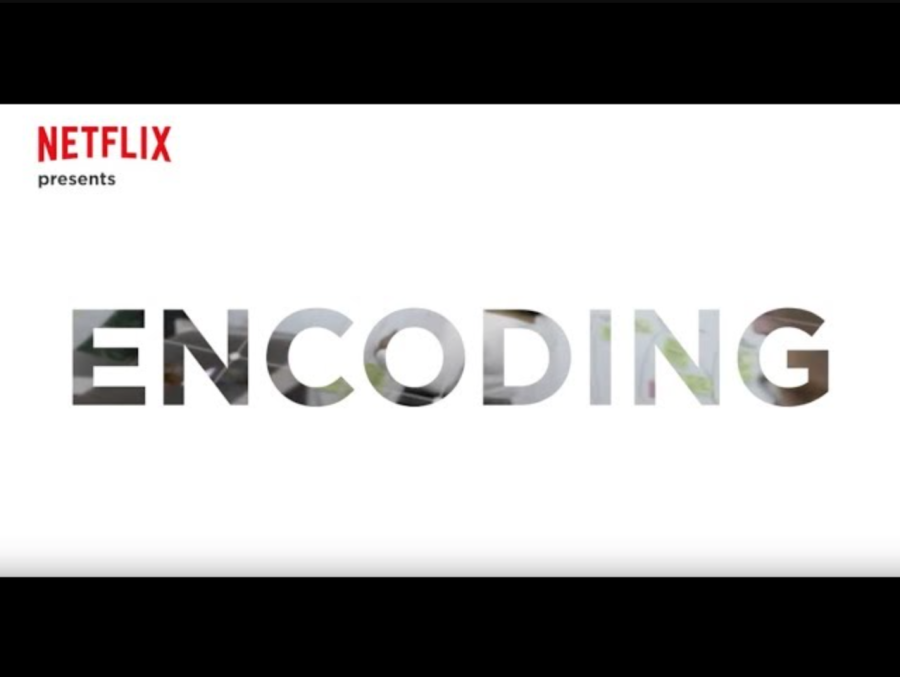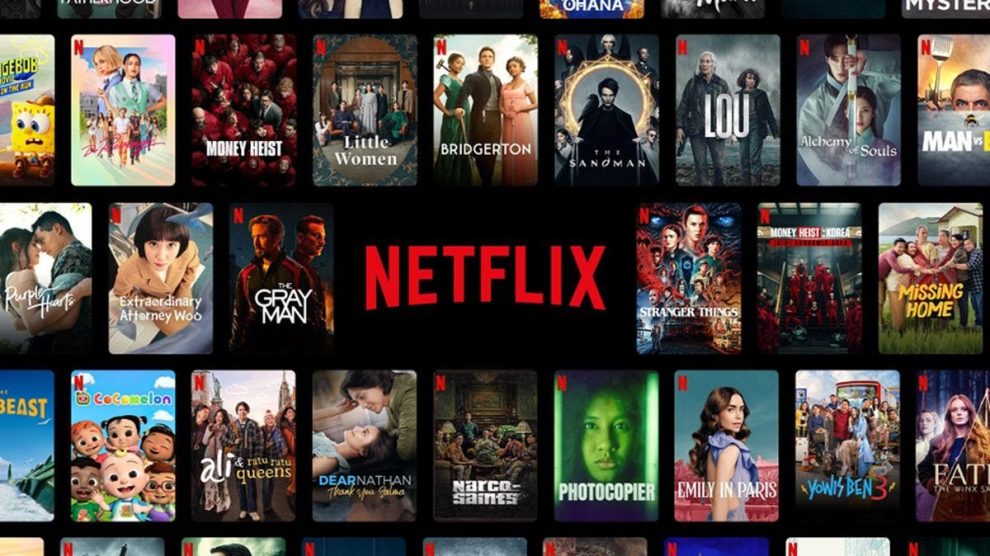From H.264 to AV1: Embracing the Latest Codecs
The heart of Netflix’s encoding strategy lies in its adoption of the latest video codecs. For years, the industry relied on H.264, a workhorse codec that offered a decent balance between quality and file size. However, Netflix recognized the need for even better efficiency. In 2017, they became a founding member of the Alliance for Open Media (AOMedia), a consortium dedicated to developing royalty-free, open-source video codecs. This led to the birth of AV1, a game-changer in the encoding world.
The Power of AV1: Efficiency Meets Quality
Compared to H.264, AV1 offers significant advantages. It achieves a staggering 30% reduction in file size while maintaining the same picture quality. This translates to sharper visuals, smoother playback, and a more bandwidth-friendly experience for viewers. For Netflix, this efficiency translates to reduced storage and delivery costs, ultimately benefiting both the company and its subscribers.

Beyond AV1: Constant Innovation and Optimization
Netflix’s commitment to advanced encoding extends beyond simply adopting new codecs. They also invest heavily in research and development, constantly refining their encoding pipelines and exploring innovative techniques.
- Per-Title Encoding: Netflix doesn’t apply a one-size-fits-all approach. They analyze each piece of content and tailor the encoding process to maximize its visual quality while minimizing file size.
- Dynamic Optimization: Since internet speeds vary, Netflix employs dynamic optimization. This allows them to adjust the quality of the stream in real-time based on the viewer’s available bandwidth, ensuring a smooth and uninterrupted experience.
- Open-Source Collaboration: By actively contributing to open-source encoding projects like AV1, Netflix fosters industry-wide innovation and pushes the boundaries of encoding technology for everyone’s benefit.
The Future of Streaming: A Pixel-Perfect Experience for All
Netflix’s relentless pursuit of advanced encoding isn’t just about bragging rights. It’s about creating a viewing experience that is as visually stunning as it is accessible. By embracing new technologies, refining their encoding pipelines, and collaborating with the wider industry, Netflix is paving the way for a future where high-quality streaming is the norm, not the exception.
This commitment to innovation benefits all stakeholders in the streaming ecosystem. Content creators can showcase their work in the best possible light, viewers get to enjoy exceptional picture quality, and internet service providers face less strain on their networks. As the technology continues to evolve, one thing remains certain: Netflix’s focus on advanced encoding will continue to shape the way we experience video content online.
















Add Comment